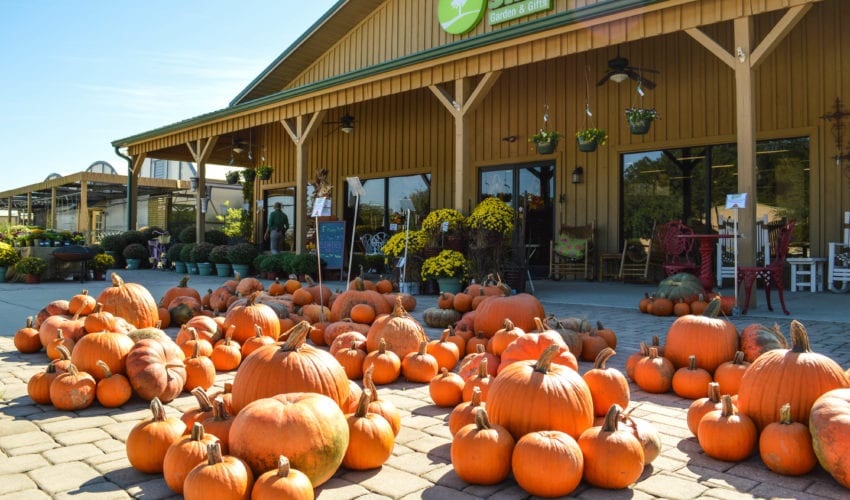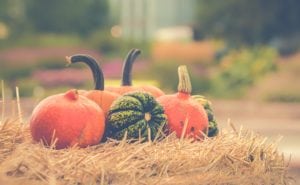
October Gardening Tips

Ah, yes, the beginning of Fall. We North Carolinians love the fall season. For us, it means less humidity and less heat. But, unfortunately, we will still experience 80-degree days for several more weeks even though the rest of the country is “falling” into colorful leaves, pumpkins, flannels, and everything Fall. Until then, we still have some gardening duties that need some attention. So, continue reading for your October Gardening Tips!
Plant, Plant, Plant – Fall is for Planting!
Fall is for planting! That’s right; it isn’t spring; it’s Fall! Given our climate and how spring leads fiercely into summer, Fall is the best time to plant. If you have a large landscaping project planned, do it now! Planting in Fall allows the plants to become established in a more neutral climate. When you plant in late spring and summer, the plants are automatically stressed due to the high temperatures and lack of rain. The fall season supplies the perfect temperatures and ample rain to establish plants and trees. Also, with Fall leading to winter, many plants go into dormancy. This means less watering and maintenance for you.
Perennials
By now, your perennials are probably looking a little rough. Cut back your perennials in mid to late October to prepare them for winter. Additionally, cutting back your perennials will promote better branching for next spring. Once you have cut back the perennials, apply a generous layer of mulch over the perennials. We recommend 2 – 4 inches. Doing so will insulate the roots.
Transplant
Since the conditions are favorable during the Fall, transplanting larger trees and shrubs is highly recommended. As mentioned above, the fall season allows the newly transplanted trees and shrubs to become established without becoming stressed. Another bonus is less watering, and maintenance is required because dormancy will ensue.
Houseplants
As you see, the nighttime temperatures drop, and more and more tropicals and houseplants must come indoors. Most tropicals need to be brought indoors when below 55 degrees. Bringing your houseplants inside requires some prep work. First, each plant will need to be inspected for insects and infestations. We strongly recommend using a systemic granule insecticide, even if there is no sign of insects. This will keep your plants and the others already inside bug-free. If you discover insects, treat the infestation and quarantine the plant until there is no longer an infestation. Next, continue prepping your plants by cutting off dead or lackluster leaves. Third, clean the base of the plant and the top layer of soil to be sure it is free from organic debris. Finally, fertilize one last time. More often than not, houseplants do not require fertilizer during the fall and winter months, as the growth tends to slow down drastically.
For more updates, check our Facebook page!
